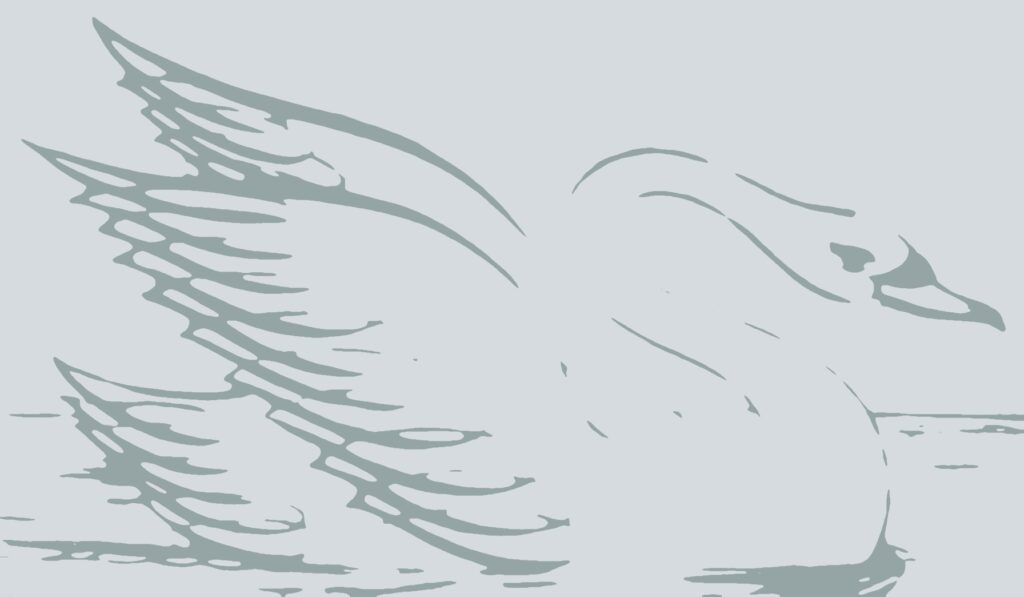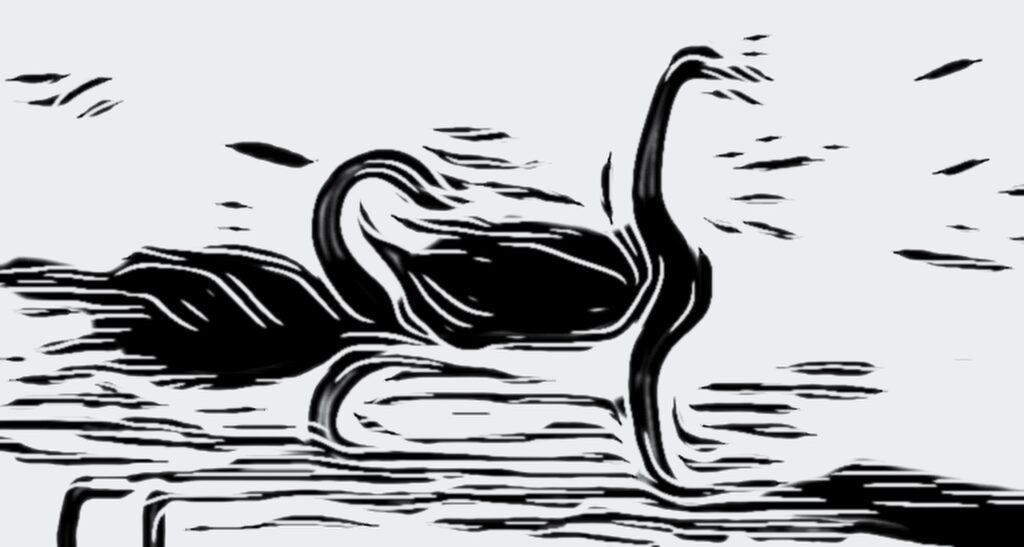
As a follow up to last week’s post, a question: why start with the trilogy of systems, agents, networks? Why not start more directly – by, say, identifying Black Swan nesting grounds? It’s an important question, so I’d like to address it prior to next week’s session.
Much as it would be nice to hope that workshops on likely sources for Black Swan events would set the stage for event readiness, the evidence unfortunately does not point in that direction. For instance, many people either participated in or reviewed the outcomes of the Event 201 Pandemic Exercise – but their presence does not appear to have had any great impact on subsequent COVID-related policies. Nor can I claim any great successes with this approach: prior to 2008 and 2015, I highlighted in my talks economic history and human migrations as crucial topics for K-20 education, but saw few instances of actual curricular adoption.
So, developing a new set of habits of mind may be a more indirect approach – but it may also be a more successful one. But then, why this trilogy? The answer has both a constructive aspect – the features of Black Swans that it illuminates – but also a deconstructive one: the misconceptions about Black Swans it dispels.
One if the most common misconceptions about Black Swans is that their unpredictability results from the singularity of triggering events. In this view, Black Swans cannot be predicted because they are the result of a once-in-a-lifetime occurrence, never seen before, or to be seen again. This leads directly to a sense of helplessness and associated blamelessness: the fates are against us, and mere mortals are but the plaything of their whims. Nor only is this viewpoint incorrect and untrue – it is also dangerous and poisonous, leading to passivity and a surrender of agency.
Black Swans are generally not the result of unusual events – they are rather the outcome of couplings between distinct entities, encompassing component parts with varying degrees of autonomy, and interconnected in multiple ways. A simple (non Black Swan example) may be helpful here. The behavior of sandpiles as more sand is drizzled onto them has been extensively modeled and studied: small avalanches will be triggered at different points, with different frequencies based upon (among other factors) the stack height, dampness of sand grains, rate of sand addition, etc. Any given avalanche is a priori unpredictable, although it is not a Black Swan event (for instance, the statistical distribution of sand cascades is predictable in a way that Black Swan events are not), but start thinking about what might happen if multiple sandpiles started interacting with each other, and you’ll be closer to Black Swan insights.
Now, these insights wouldn’t be much use if they still left us in a passive position – but, as we’ll see, they can form the basis for planning and action that goes beyond mere reaction. How? Well, that’s the topic of the sessions – and of more blogs to come.
(with thanks to Knowles & Maxim for the inspiration for the calligraphic swan, and to JMS for the inspiration for the blog title)

